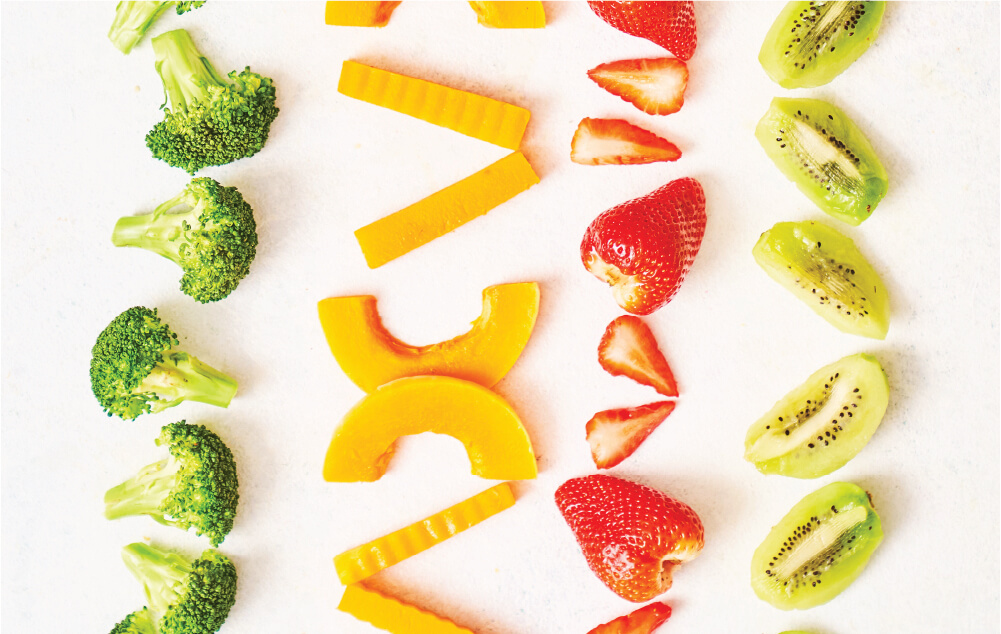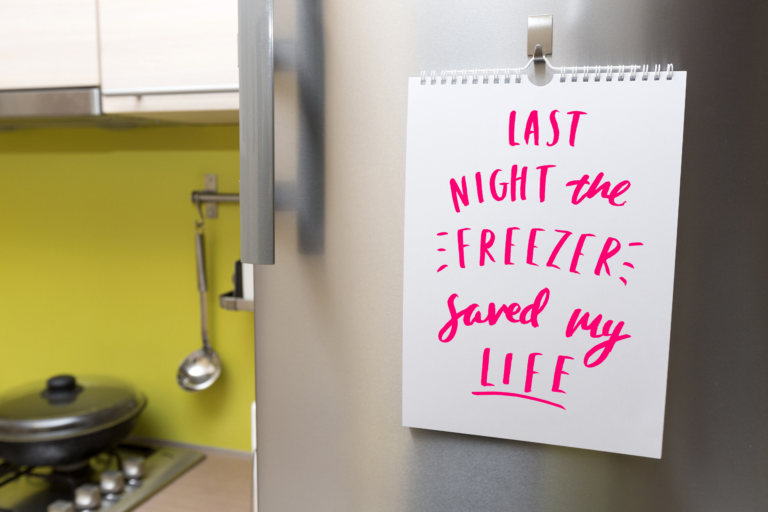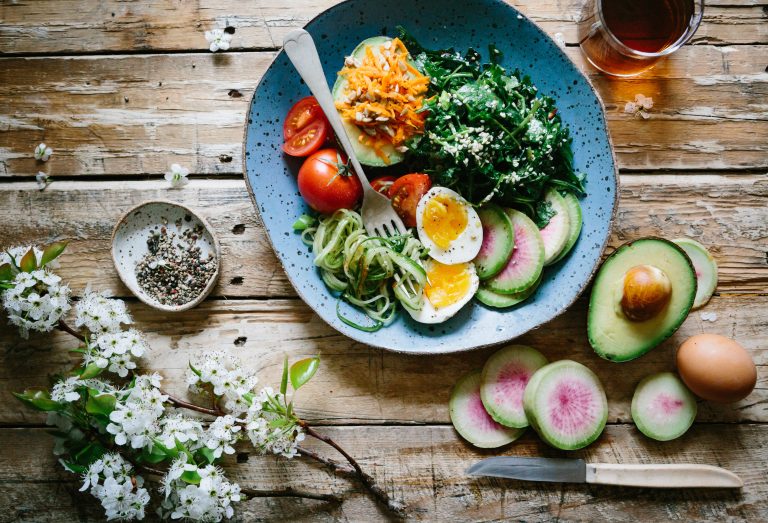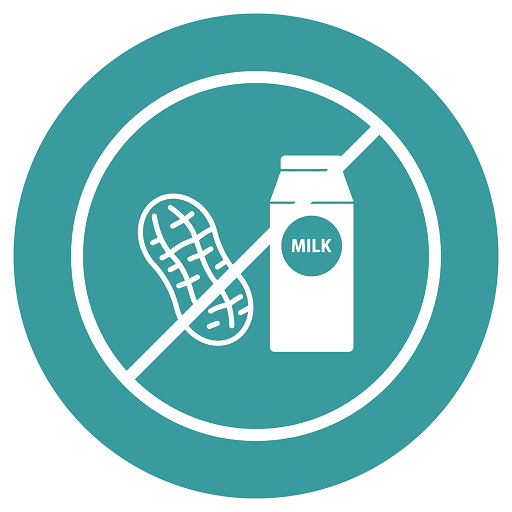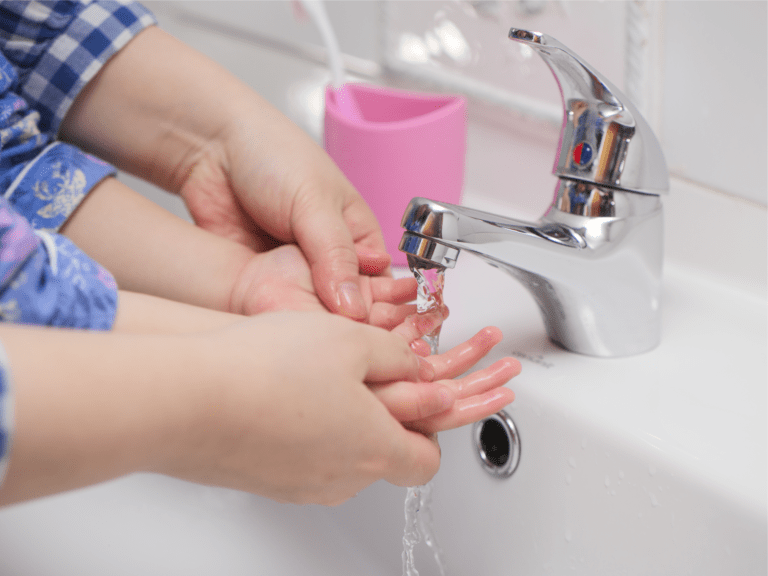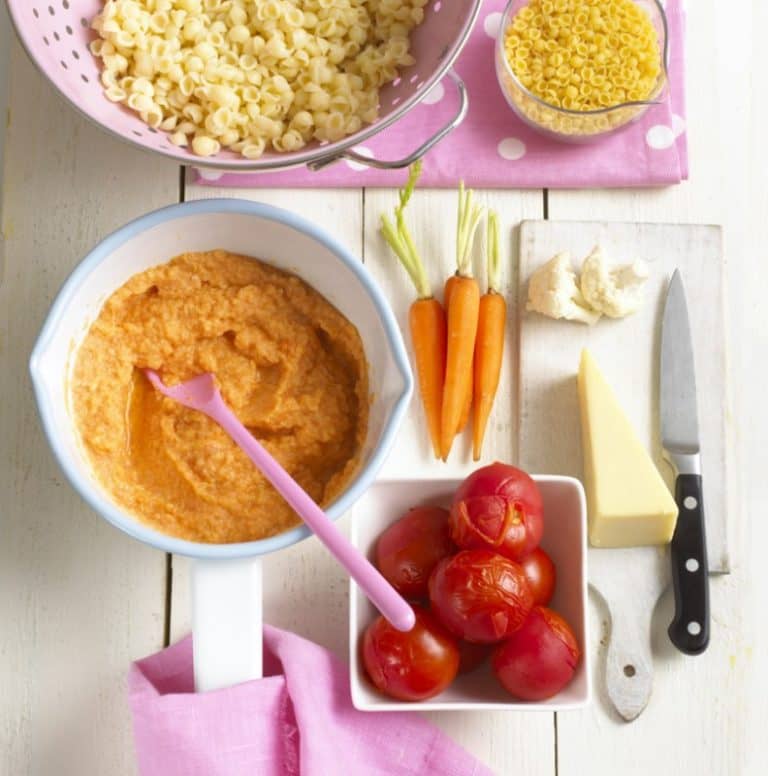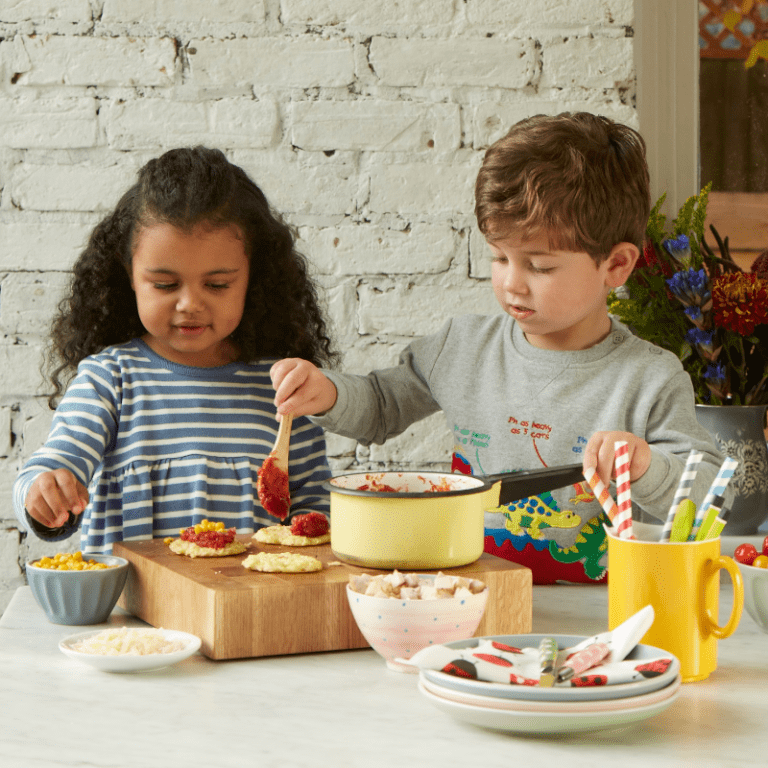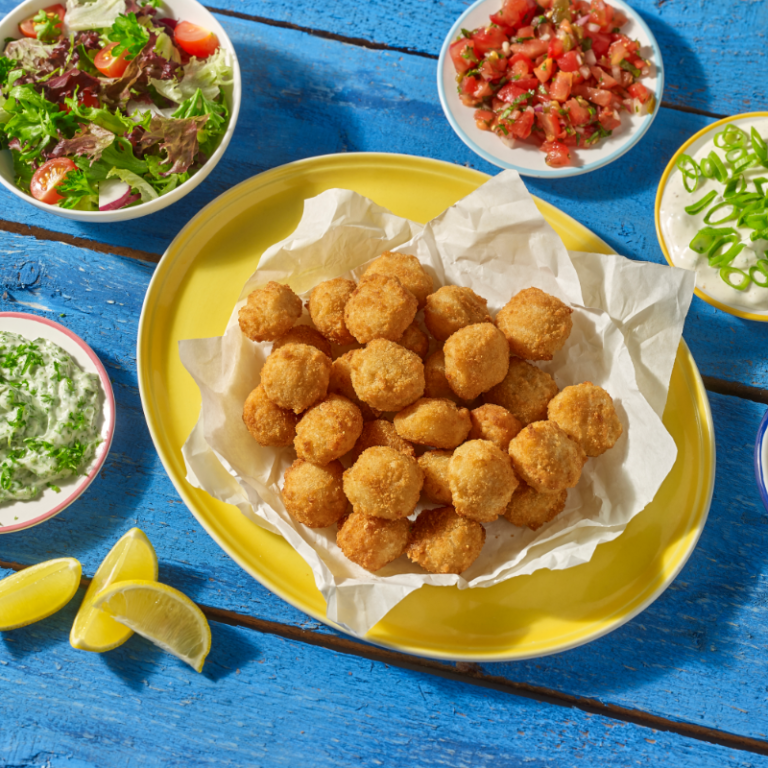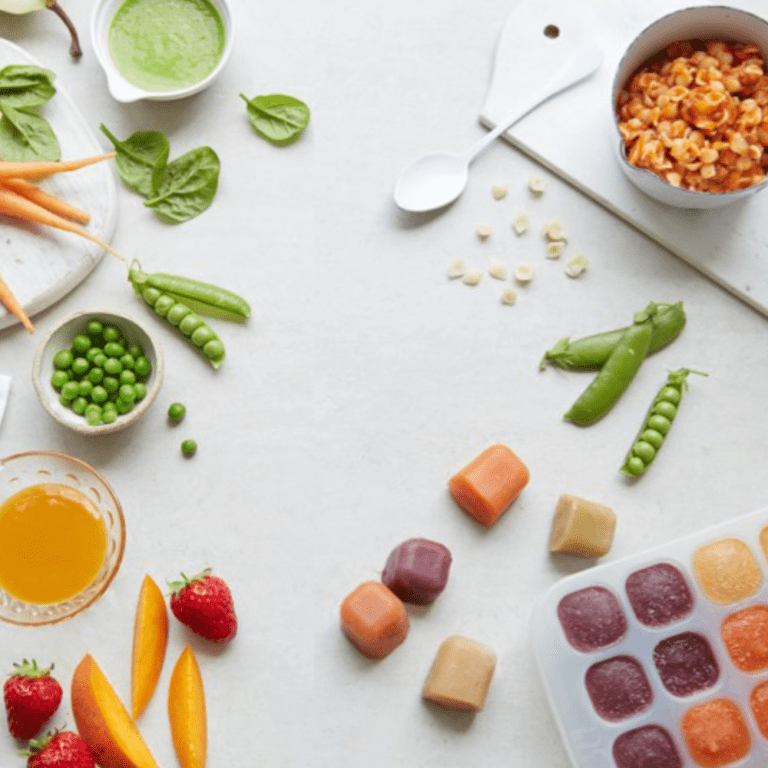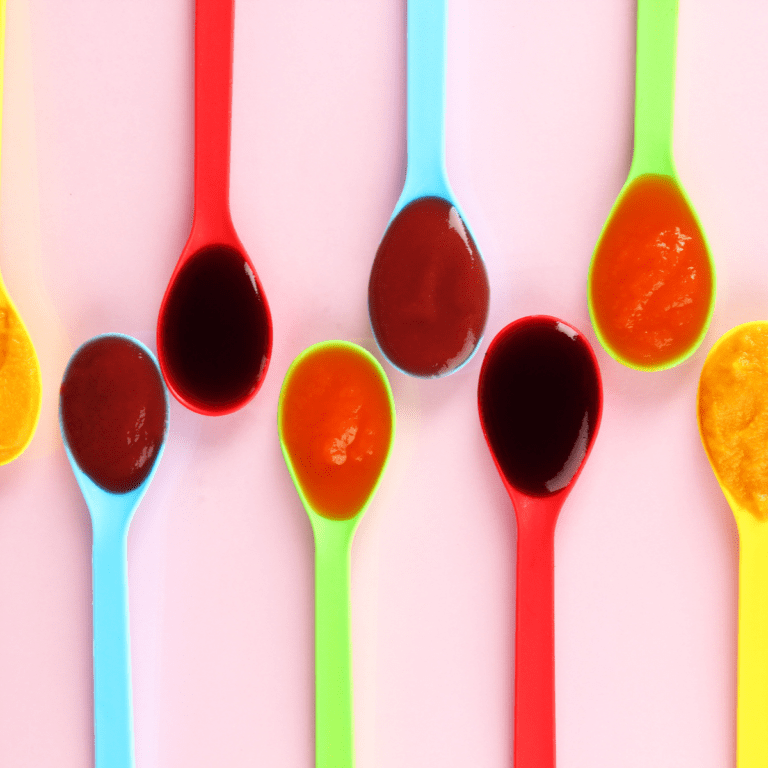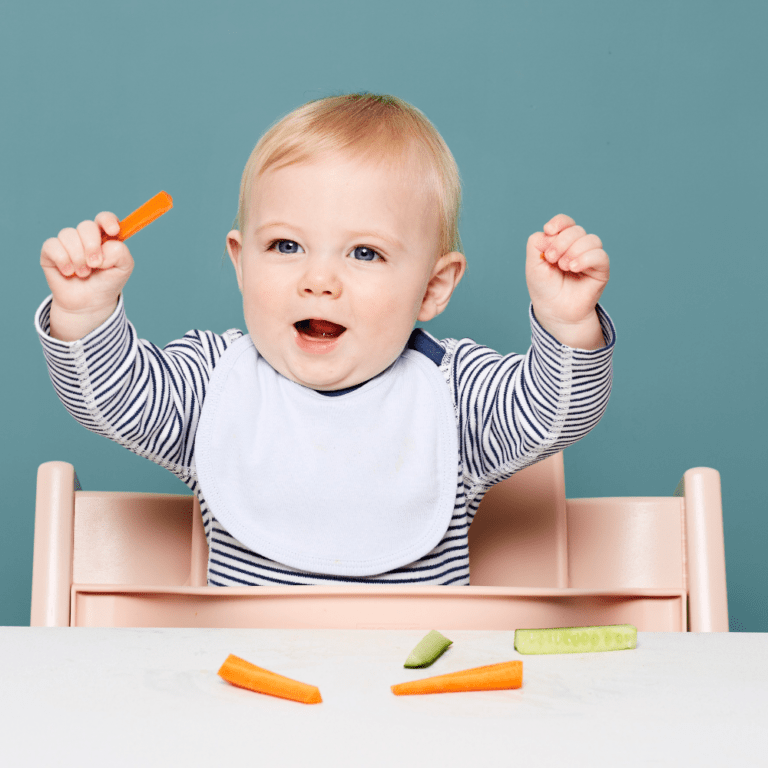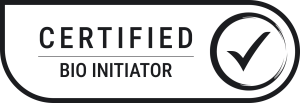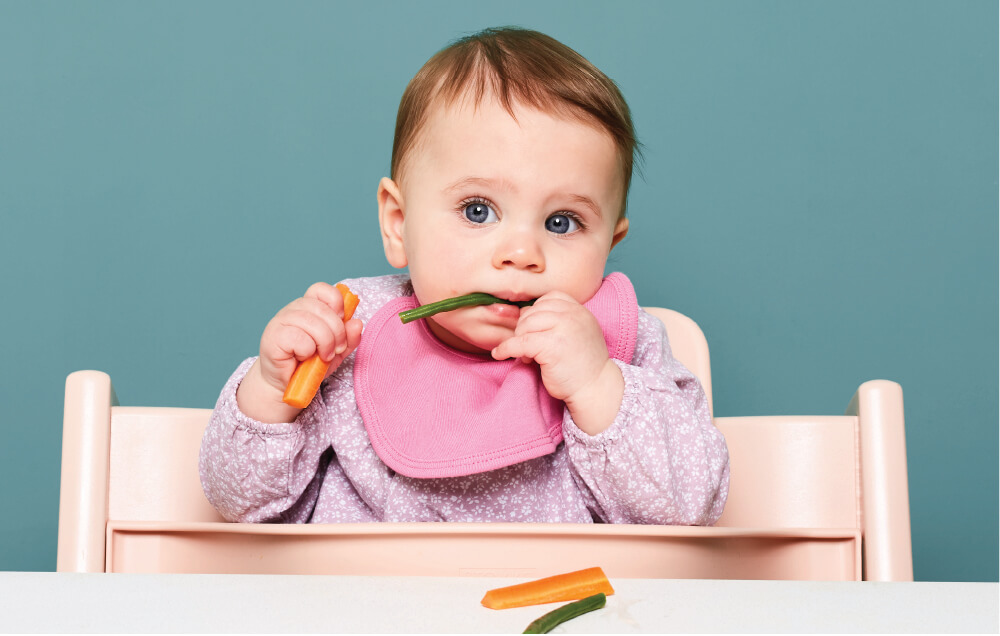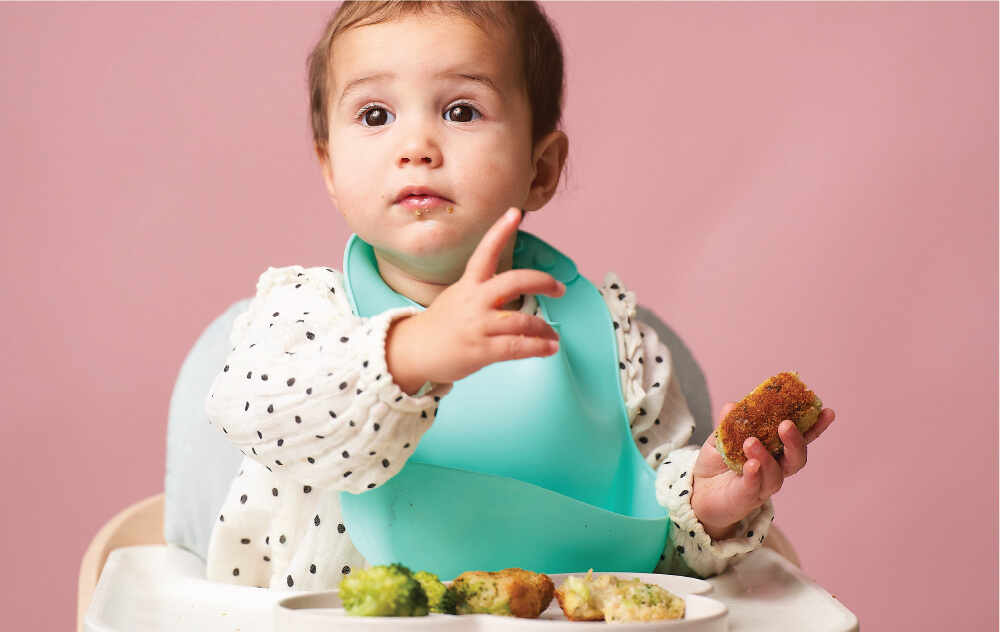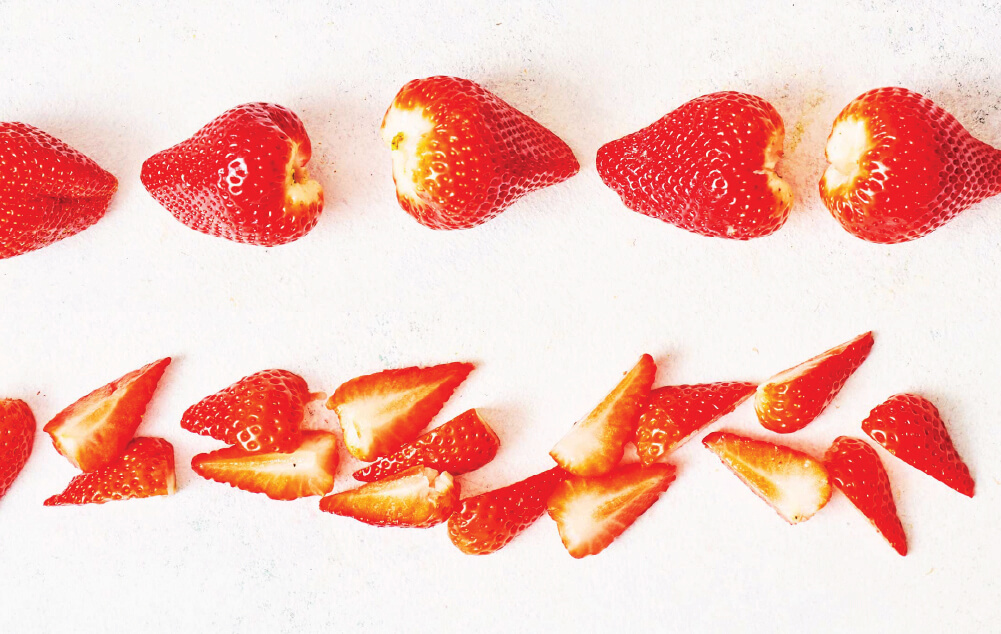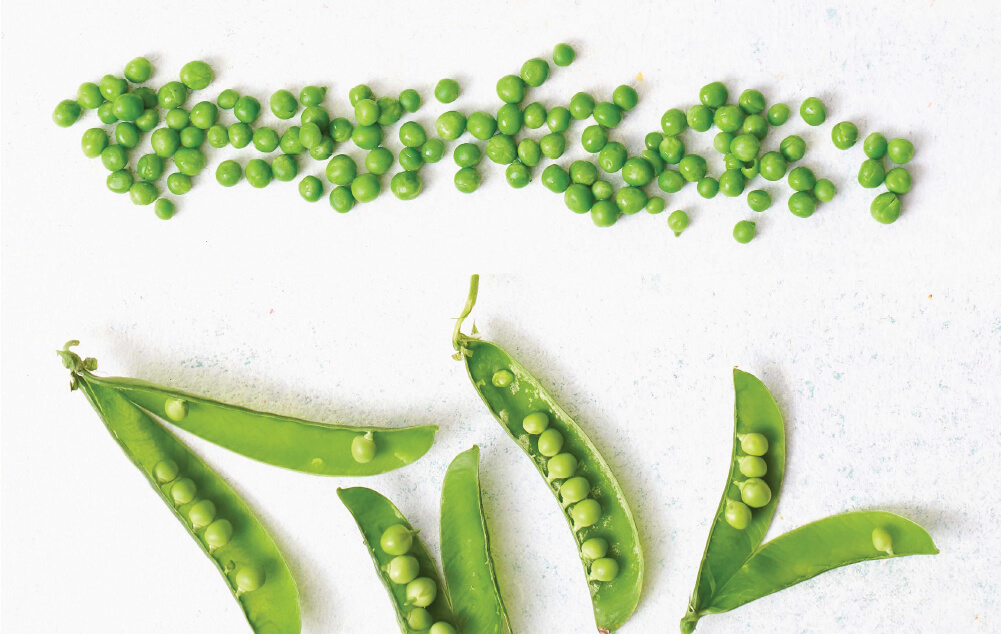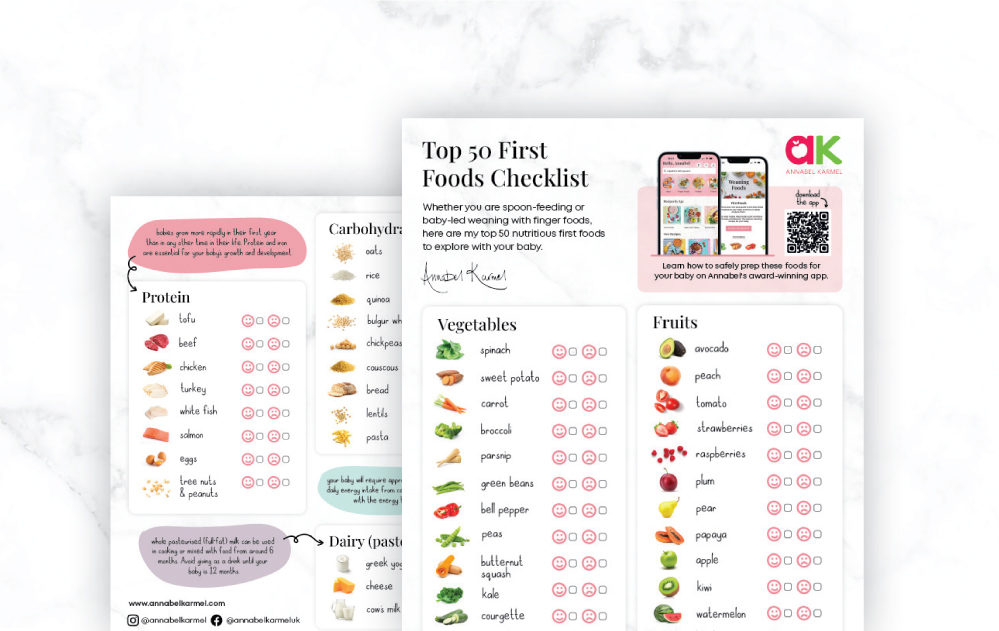There are circumstances where it is not possible to breastfeed and although not as subtle or bespoke in composition formula milk provides an alternative that can keep mum and baby happy.
Choosing a formula
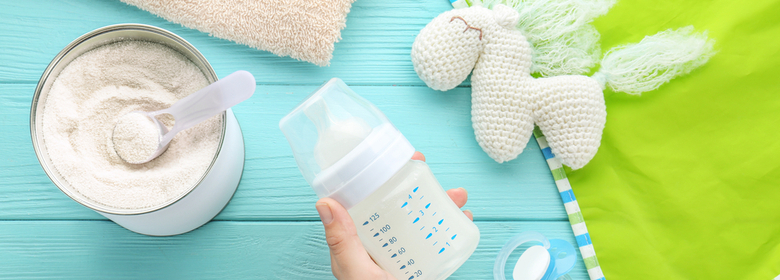
Most formulas are based on modified cows milk. Special varieties are available for premature babies as their digestive systems would be too immature to break down standard formula milk.
![]()
Cow’s milk
Little Miss Muffet taught us that milk is made of two proteins; curds (the lumpy bit) and whey (the watery bit). The curds to whey ratio varies according to the type of formula but most first milks are predominantly whey while ‘hungry baby’ milks favour curds.
Your baby will get all the nutrients they need from the standard ‘first milk’. ‘Hungry baby milk’ is intended to keep tummies fuller for longer, which means longer between feeds, however it is harder to digest and not always suitable for small babies and there is no need to change from one to the other if you don’t want to.
![]()
Goat’s milk
While this provides an alternative to cow’s milk based formulas it is not suitable for babies who are allergic to the protein in cow’s milk, because they are so similar that the reaction, potentially anaphylaxis, could be the same for both.
If your baby gets on well with goats milk formula, they can progress on to goat’s milk when they are a year. However, it is lower in nutrients than cow’s milk and not recommended as the primary drink. It is fine to use in recipes from six months when your baby has started solids.
![]()
Hydrolysed-protein
This is only available on prescription for babies who have an allergy or intolerance to cow’s milk. Allergy and intolerance are not the same; an allergy relates to the protein in the milk while intolerance relates to the lactose or sugar.
This milk has the same nutritional value as normal formula milk but are usually lactose free and the protein has been hydrolysed (broken down) so that it can be digested by babies with allergies. Talk to your doctor if you are concerned that your baby has an allergy.
![]()
Soya-based
As the name suggests, a soya bean based formula that has been supplemented with nutrients, vitamins and minerals. Speak to a medical professional if you would like to try this formula. They are not recommended for babies under six months, and if you do choose them for your growing baby, keep a close eye on their teeth because they are often sweetened.
Preparing formula
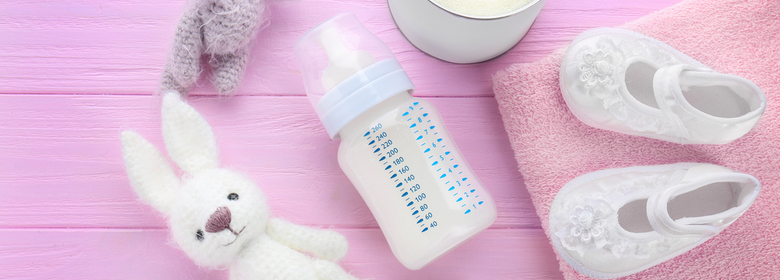
Preparation areas need to be clean and you will need to follow the guidelines on your chosen formula to ensure that you make it up in the correct ratio. If you use a knife to level the formula in a scoop the knife must be sterilized. You will also need to sterilize bottles and teats after each feed.
It is best to make formula as you need it using boiled water that has cooled to around 70c. This ensures that the water is still hot enough to kill off any potential bacteria that may be in the powder. Ready-made formula is more expensive but convenient and useful when you are on the go. However, the composition of ready-made formulas are slightly different to their powdered counterparts, so keep a watch on your baby to ensure that they are happy with it.
To feed your baby, hug them close into your body so that they are fairly upright and their head is well supported. Hold the bottle at a fairly horizontal position, ensuring that there is no air in the teat whilst your baby is feeding. Give your baby regular pauses for a few moments around every 30 seconds by lowering the bottle down (and therefore stopping the flow) or taking it out of their mouth. This will help them to pace their feed and have time to register when they are full. We all know how it feels to gobble down a huge meal too quickly!
As formula milk is harder for babies to digest than breast milk it stays in their stomachs longer so they do tend to go a little longer between feeds, but your baby still needs to be fed little and often. Your newborn is likely to drink about 50ml (1 to 2 fl oz) every couple of hours. By two or three weeks they may have settled in to a three-hour feeding pattern consuming closer to 100ml (3 ½ fl oz).
It is advisable to make up 30ml (1 fl oz) more than baby usually drinks, once they start to finish the bottle increase the amount of milk by a further 30ml (1 fl oz). Eventually your baby will take a full 8 fl oz bottle.
